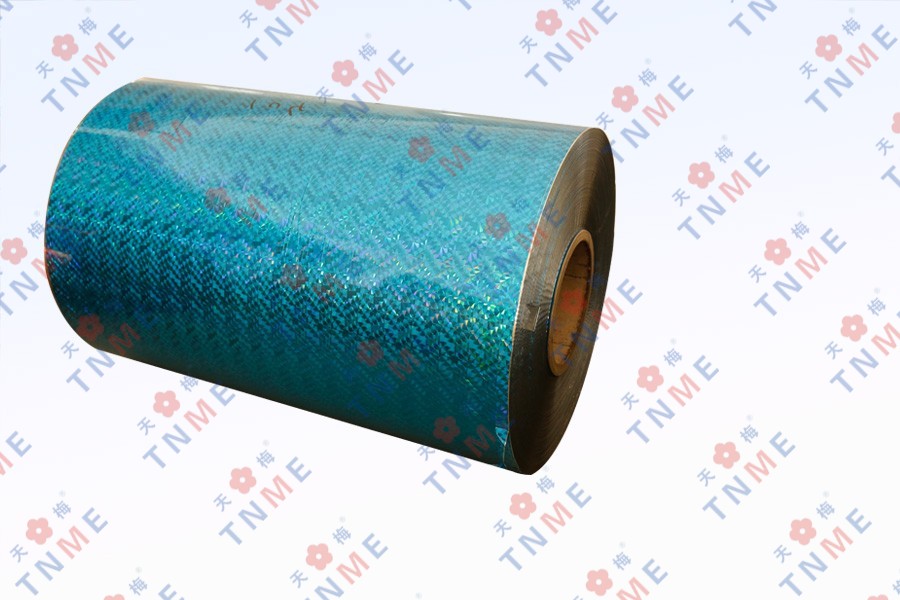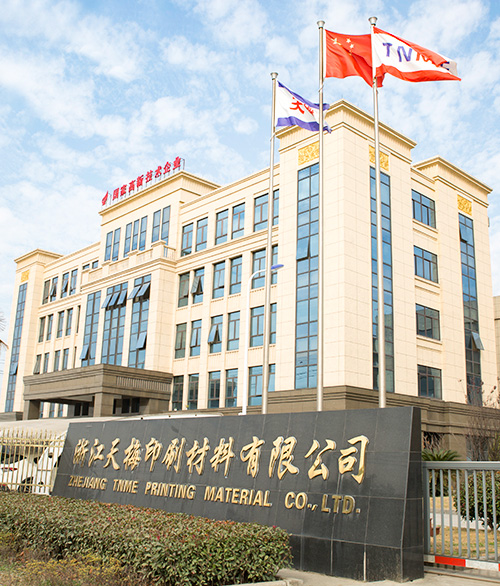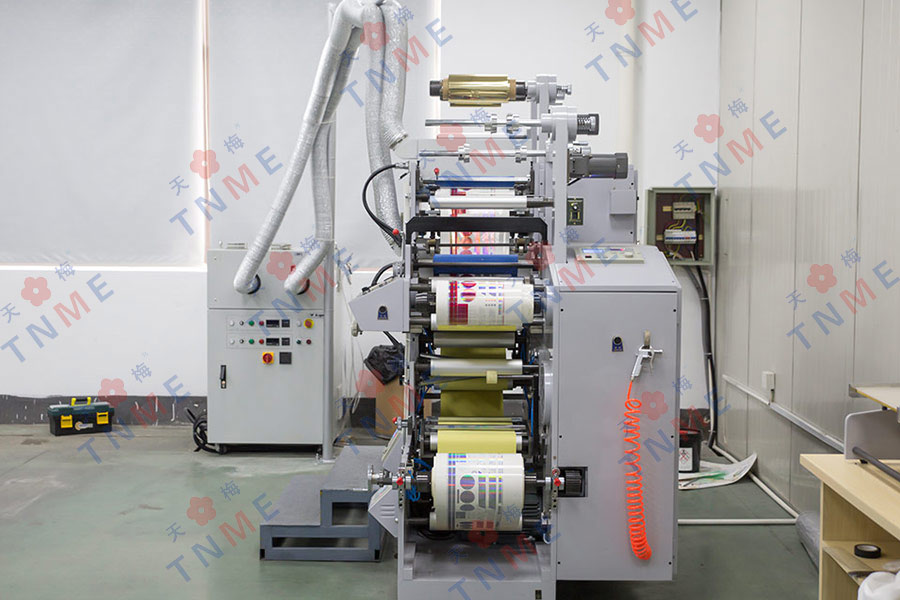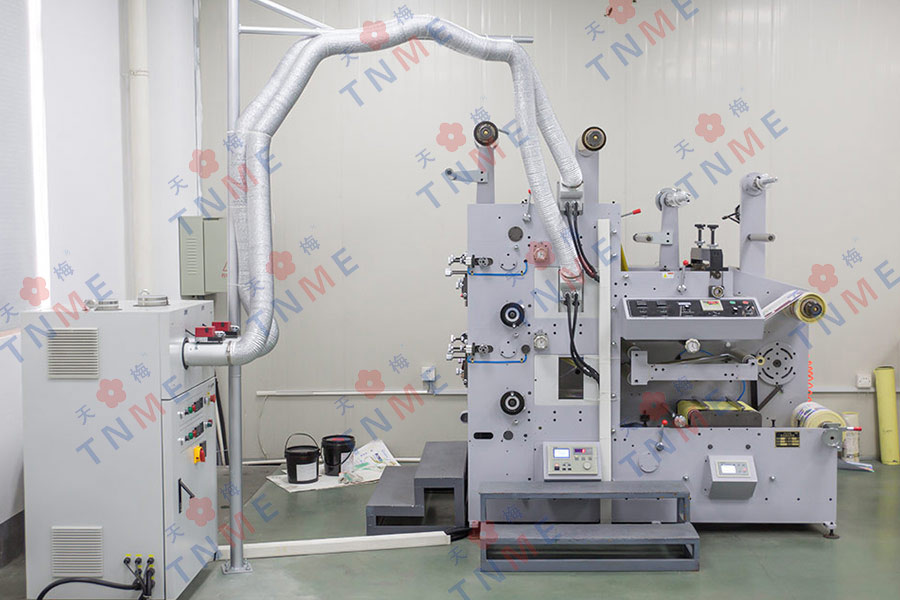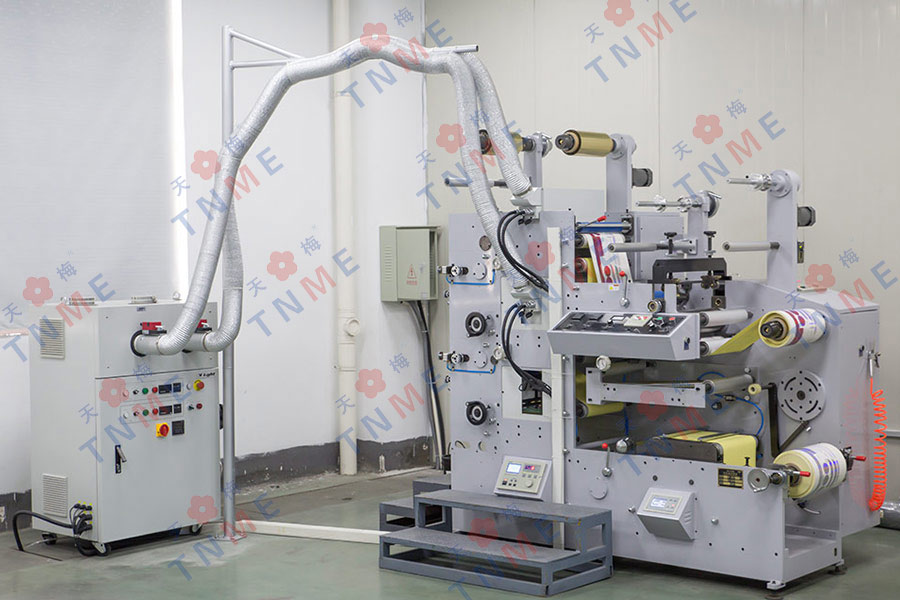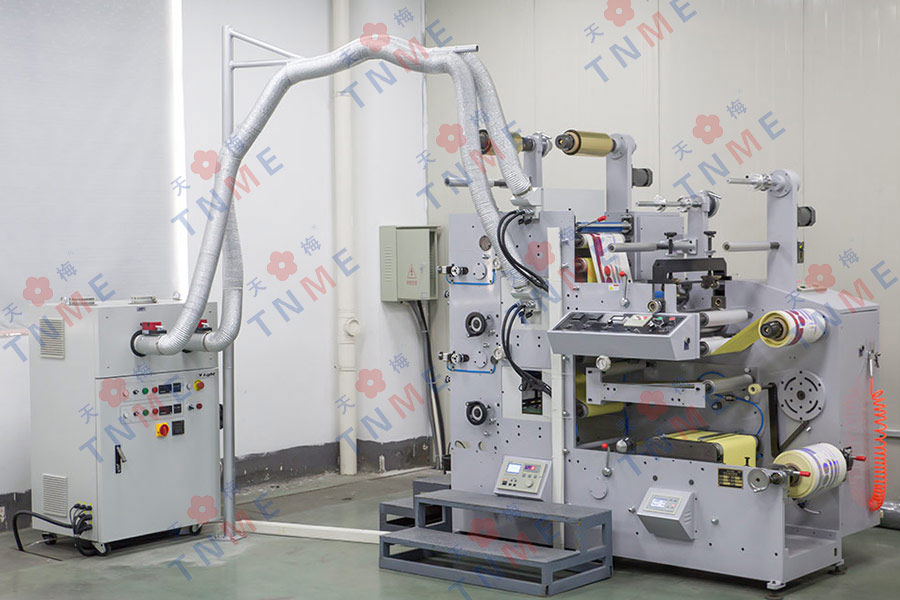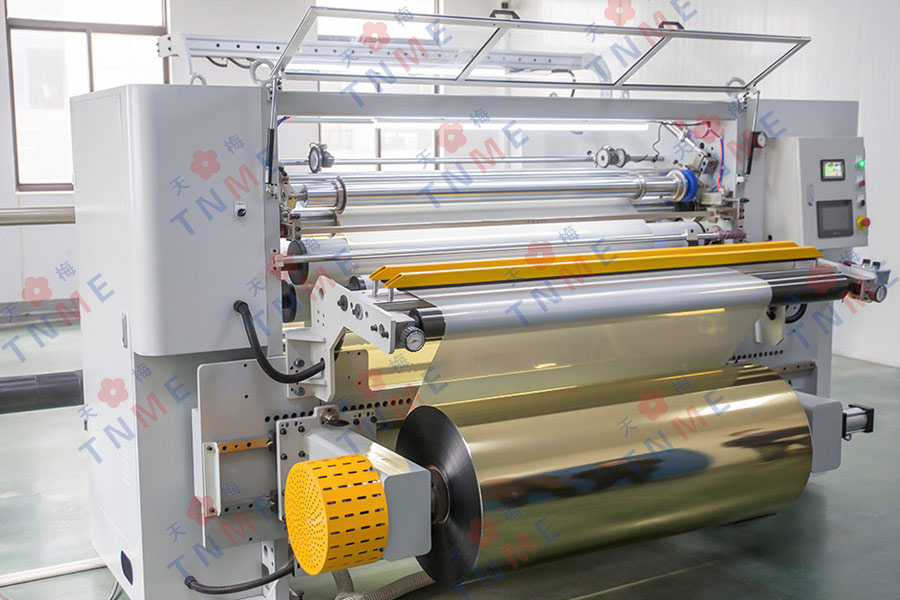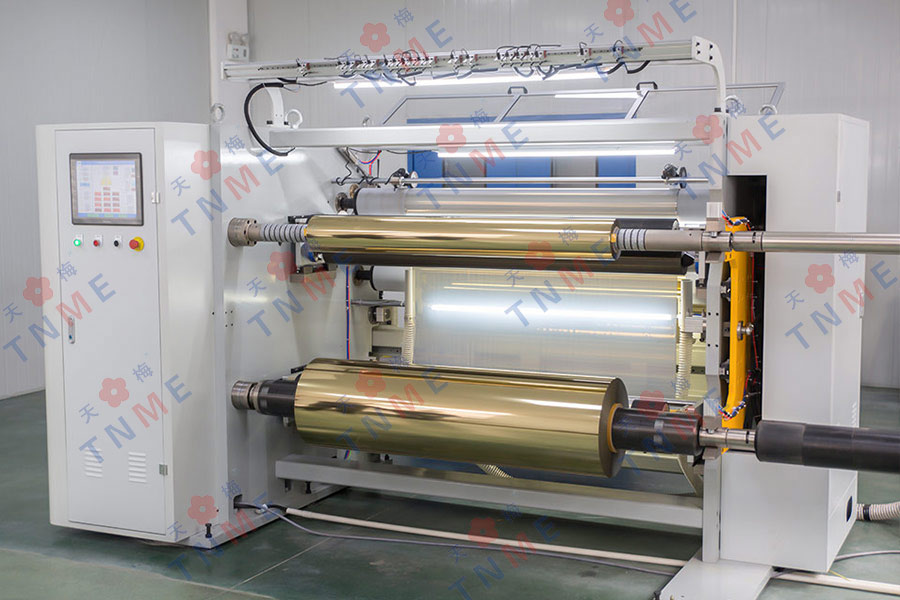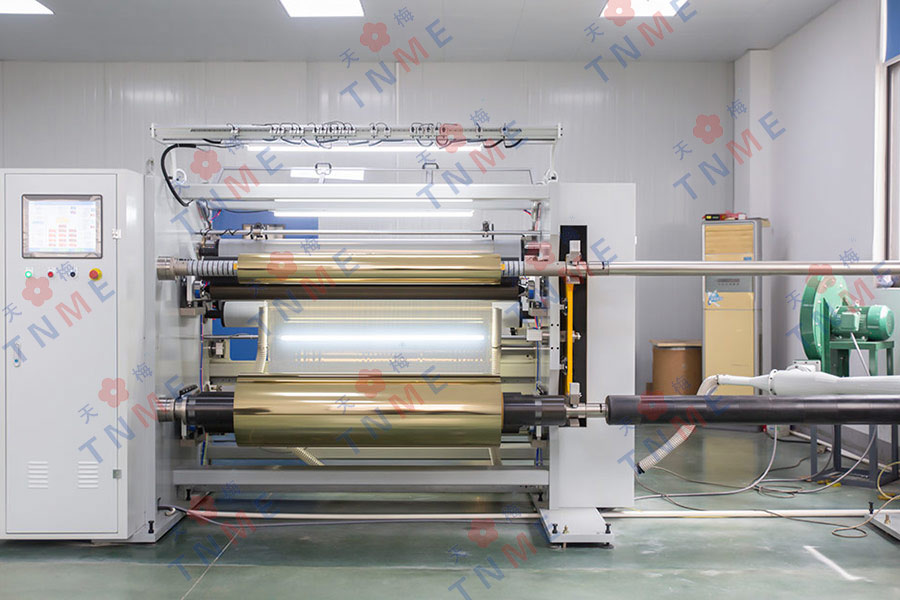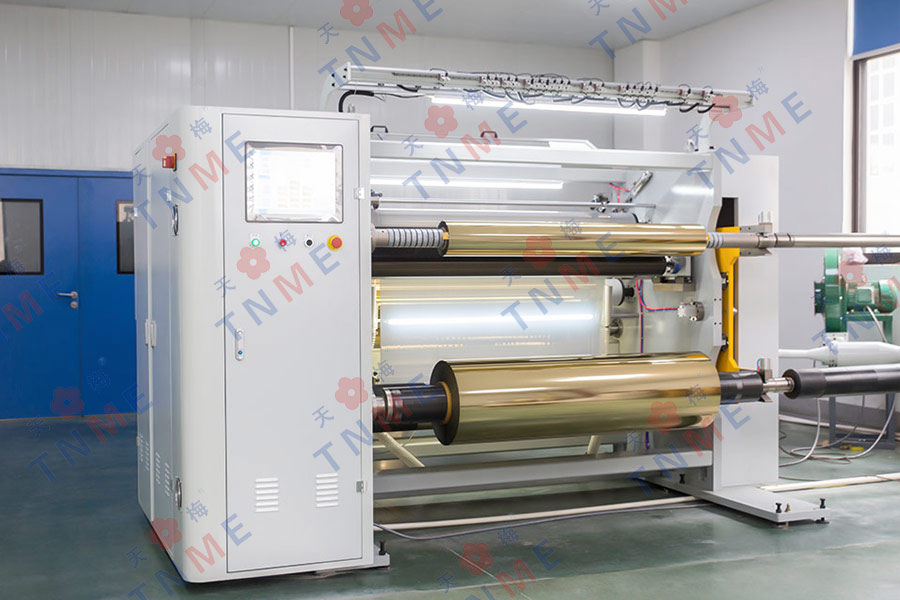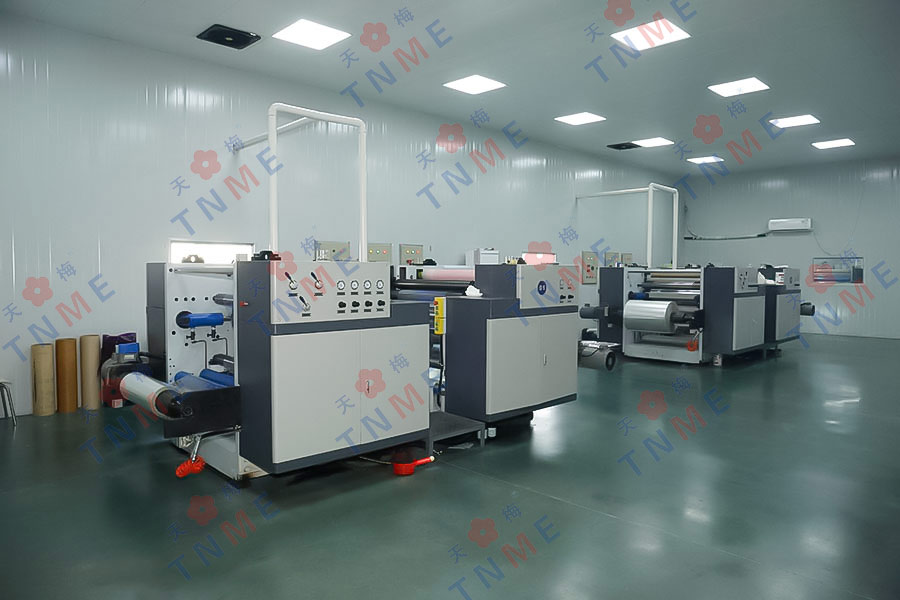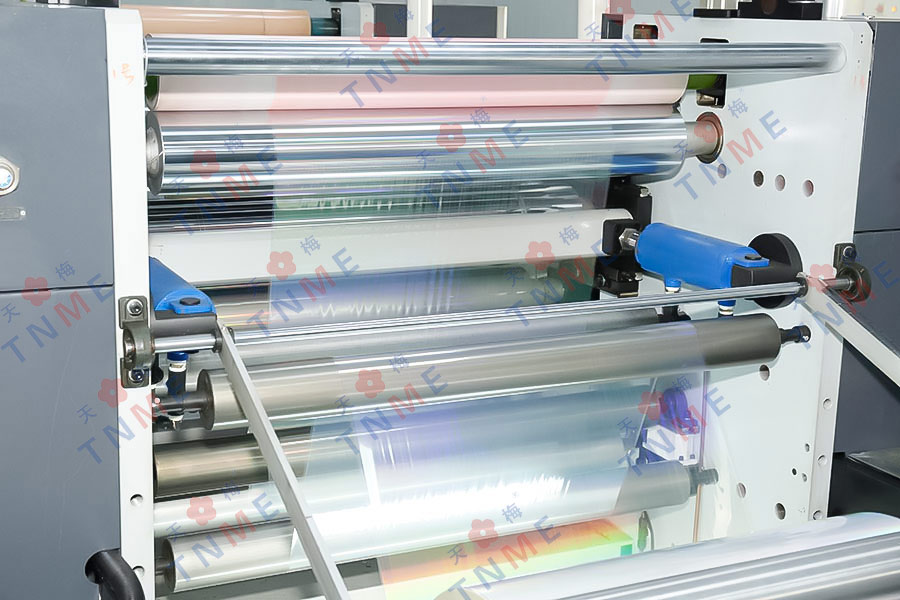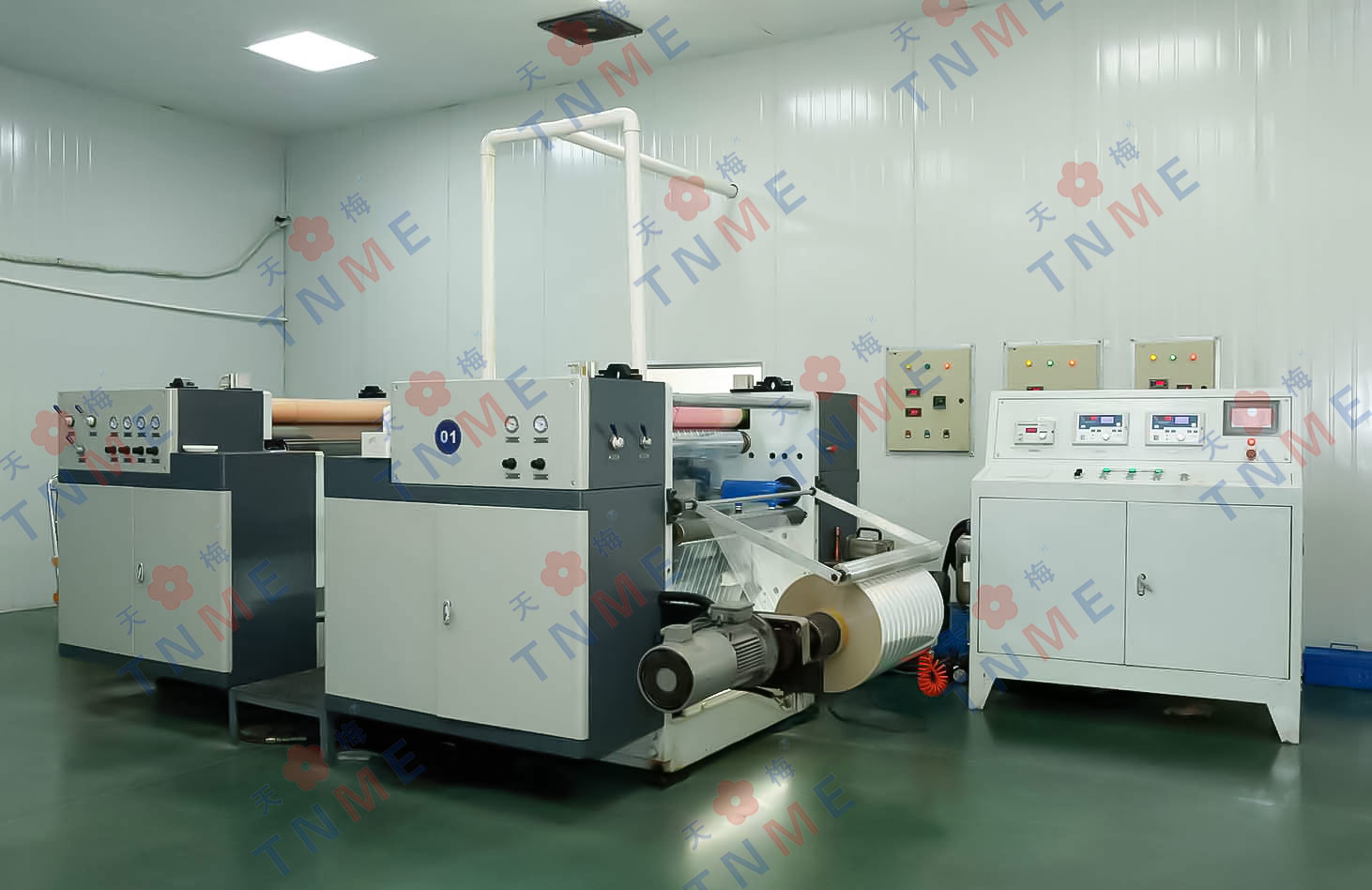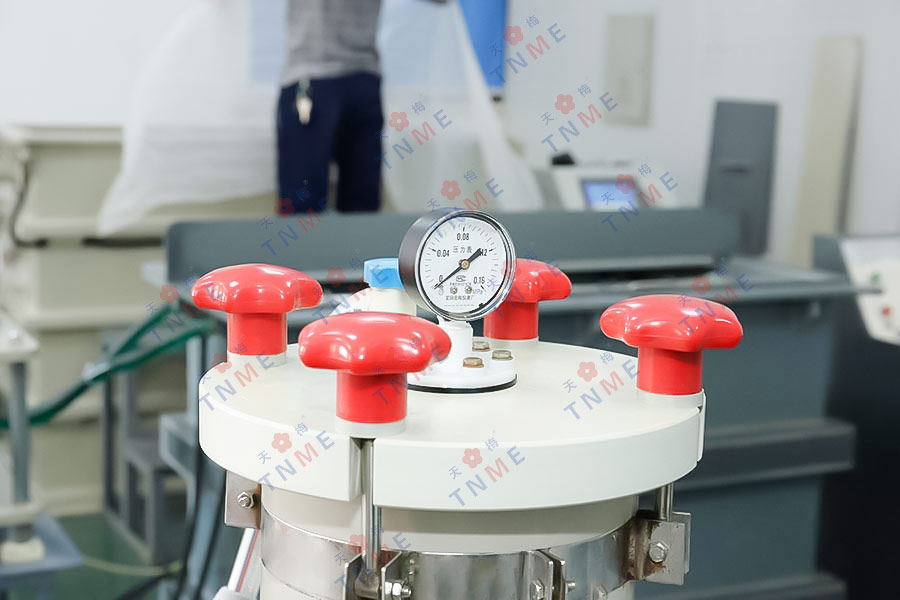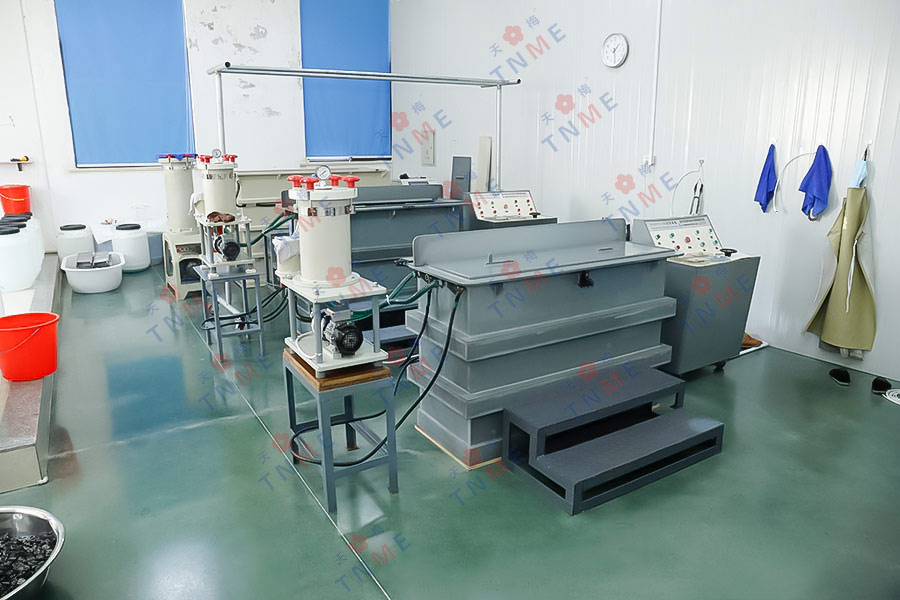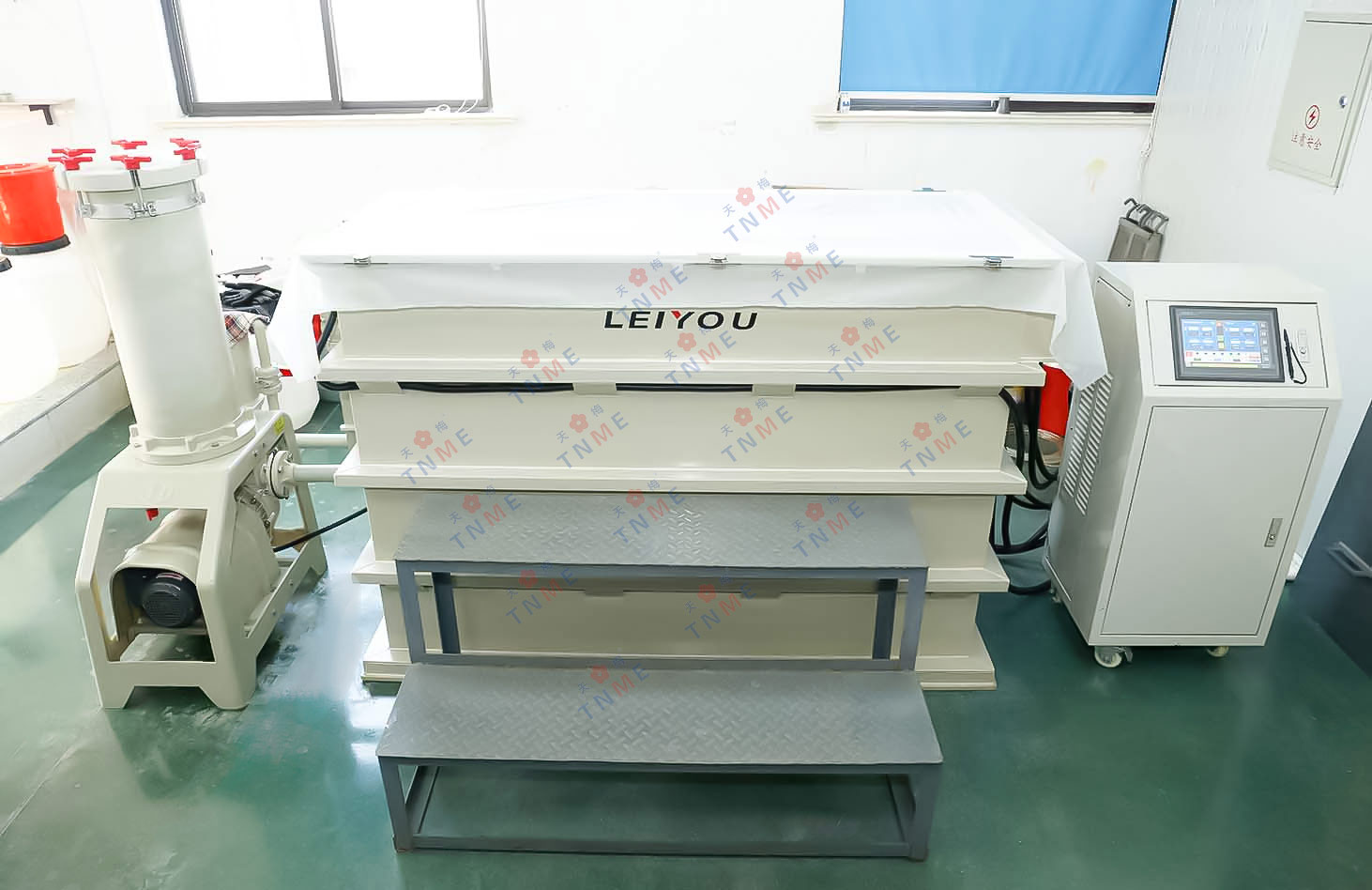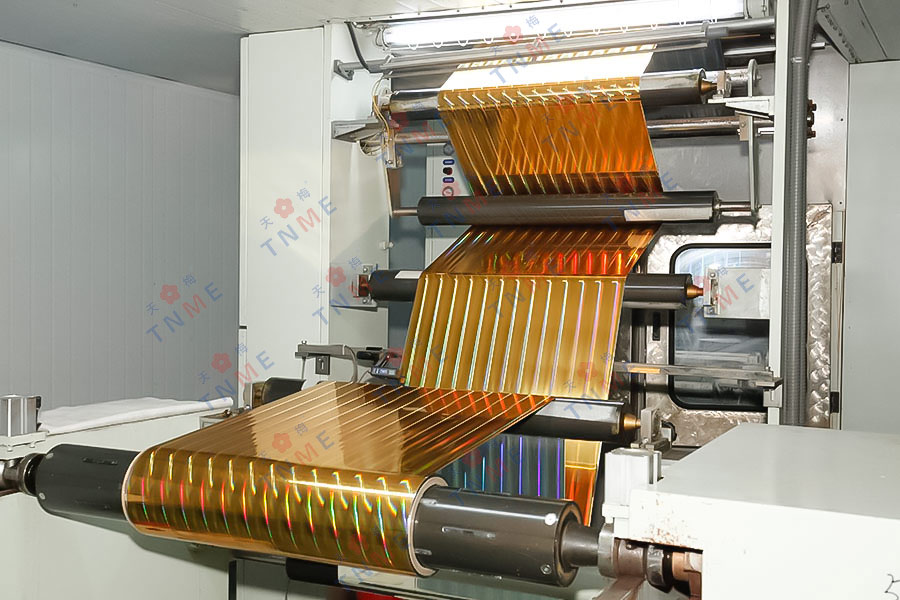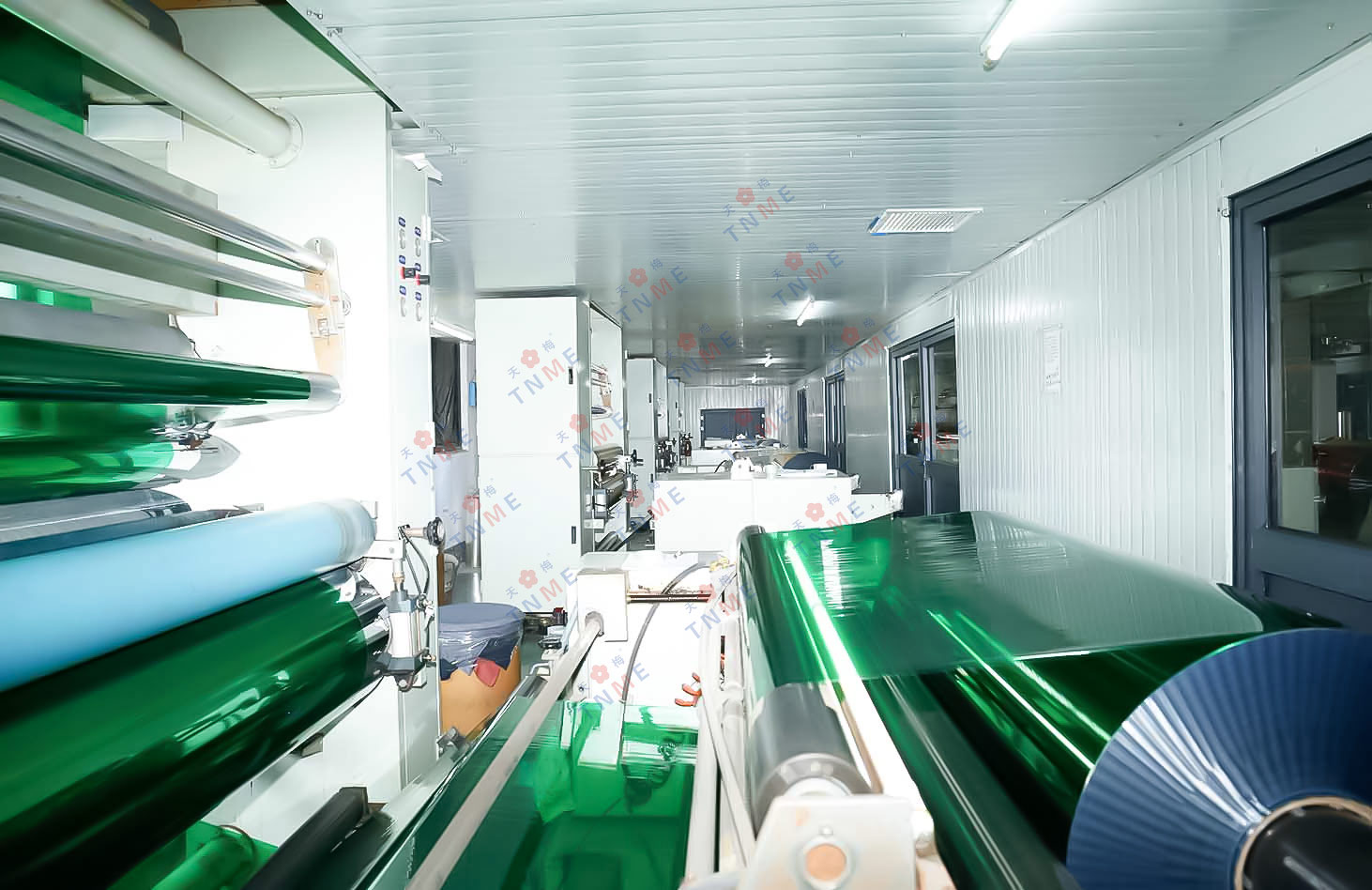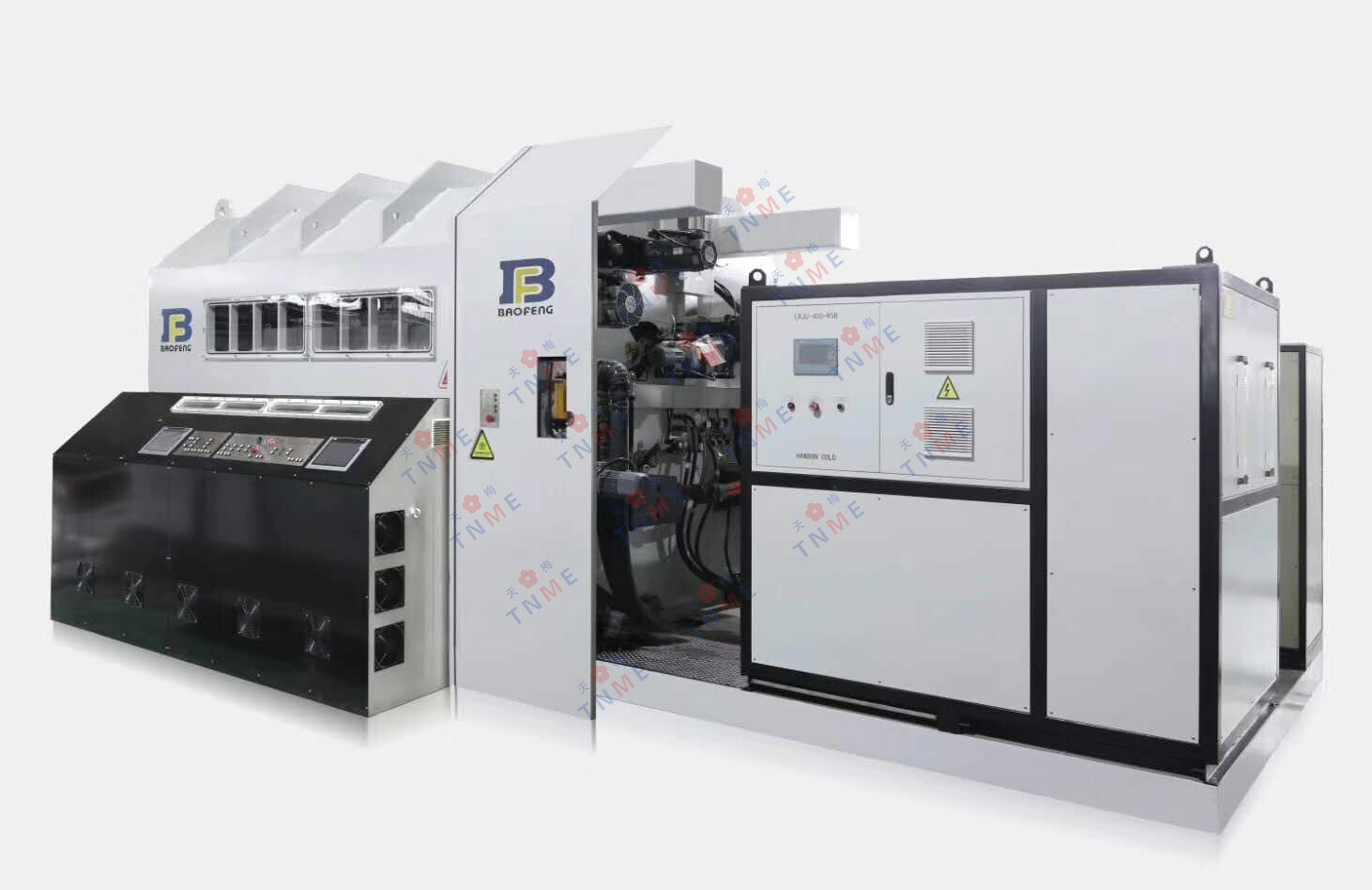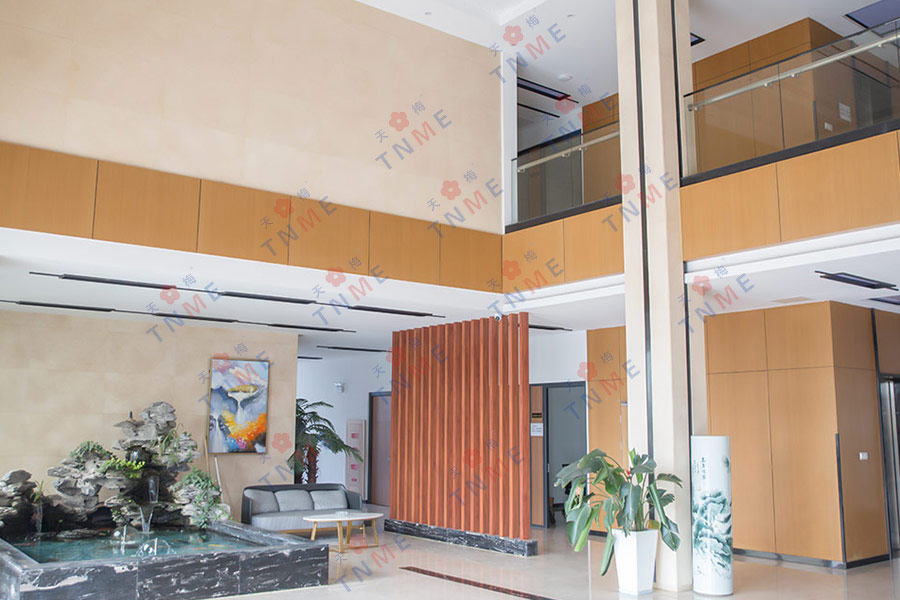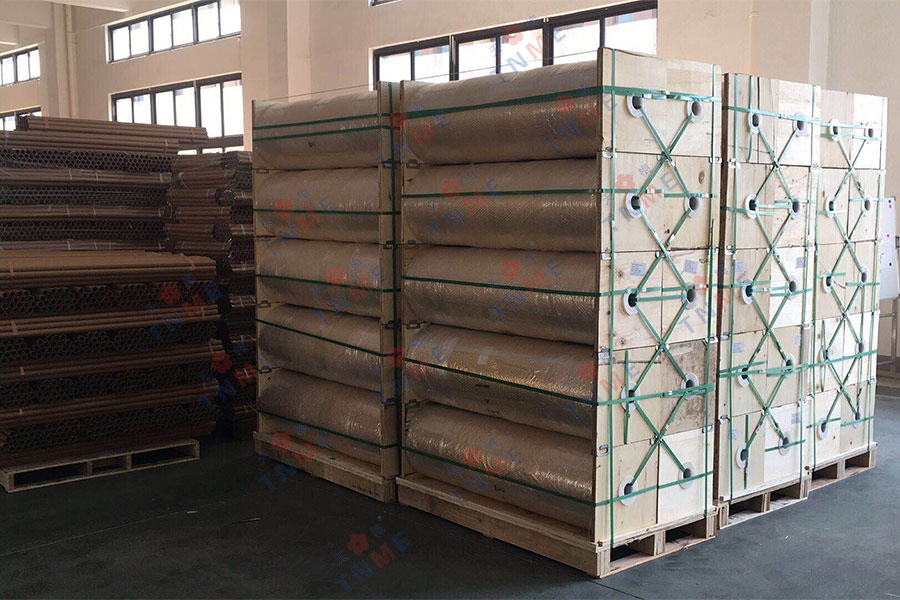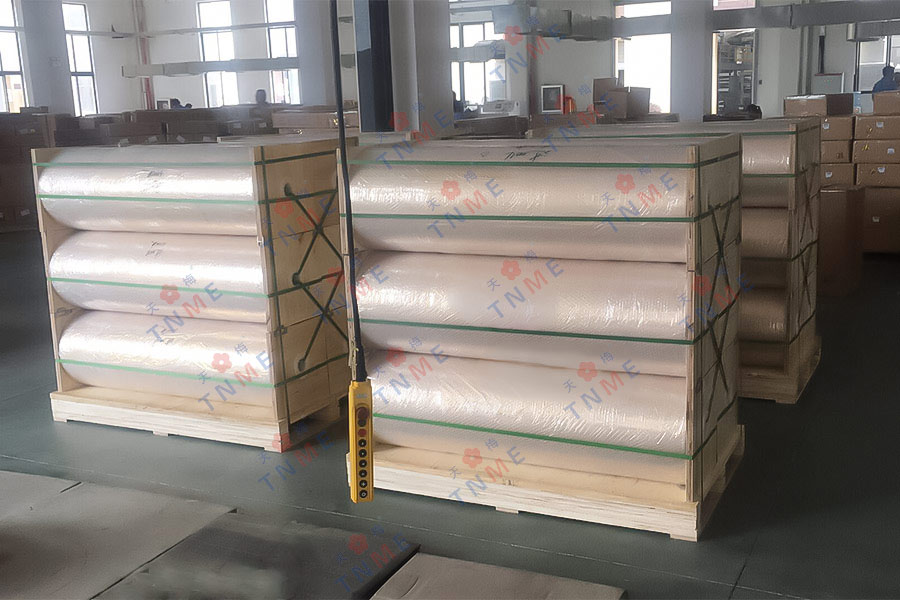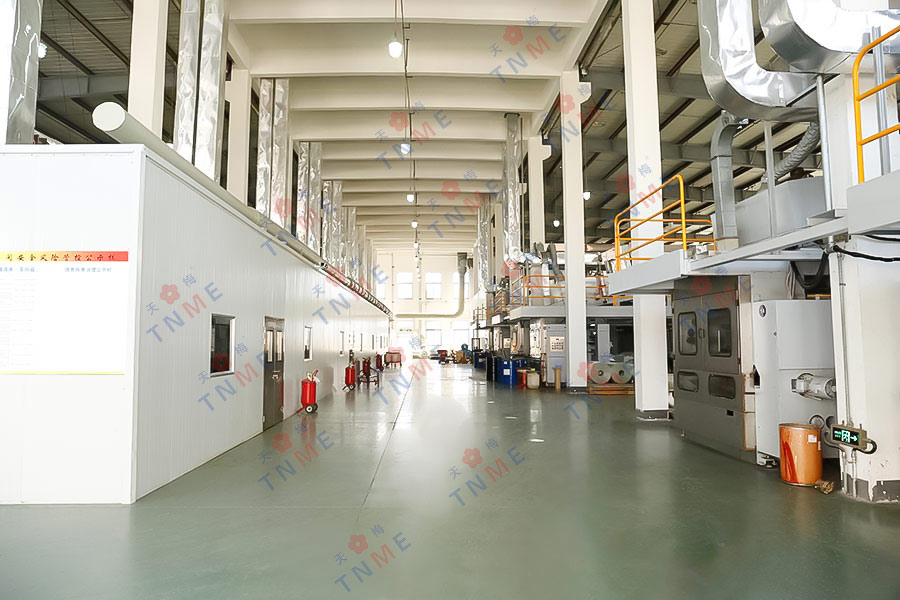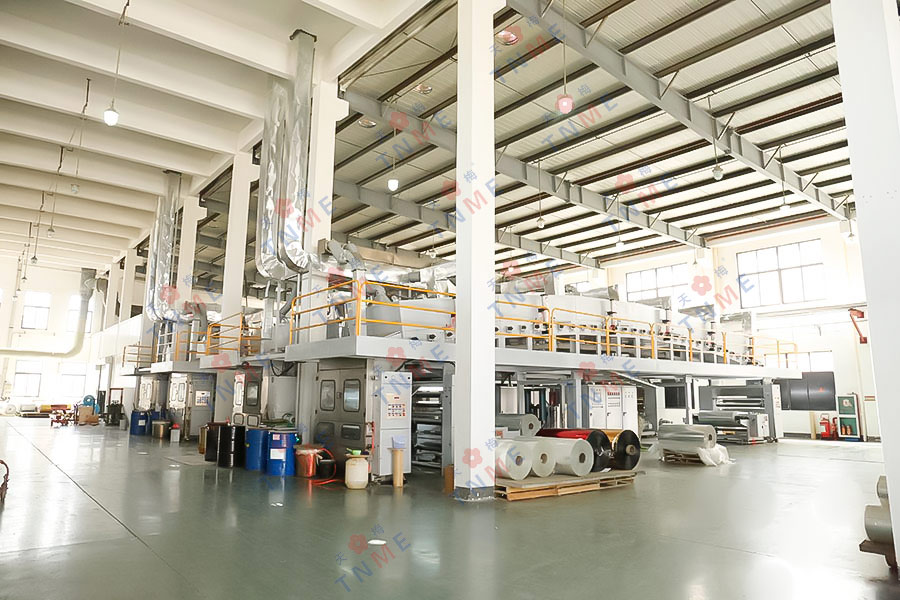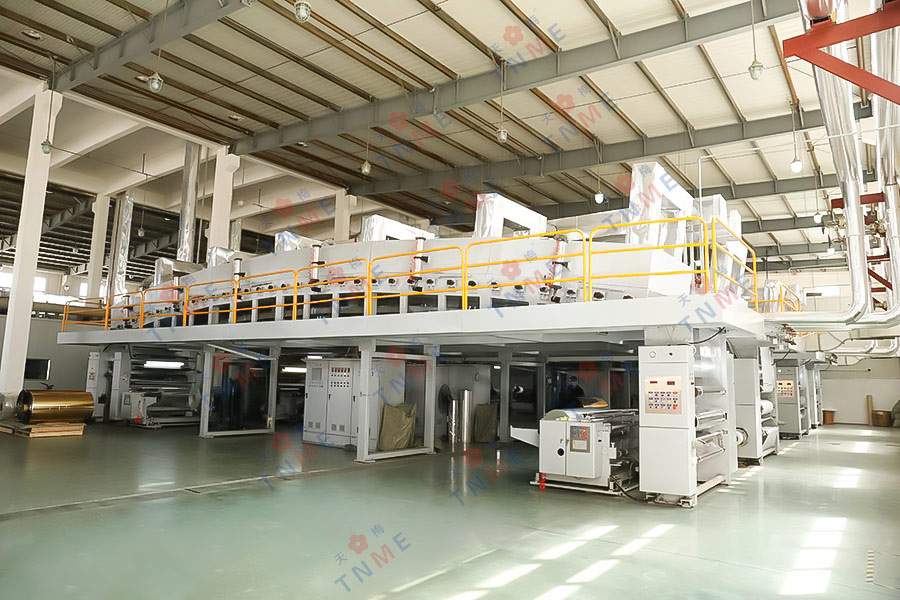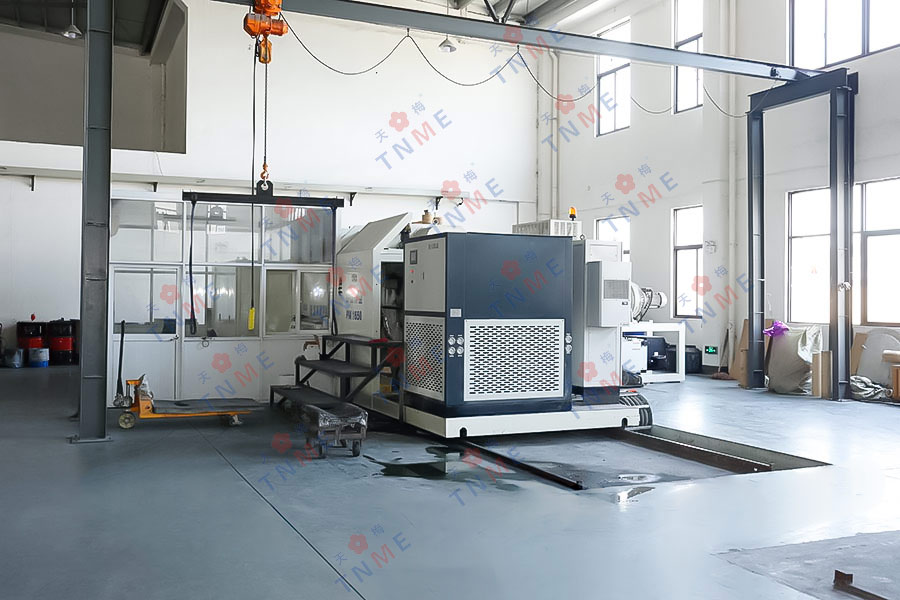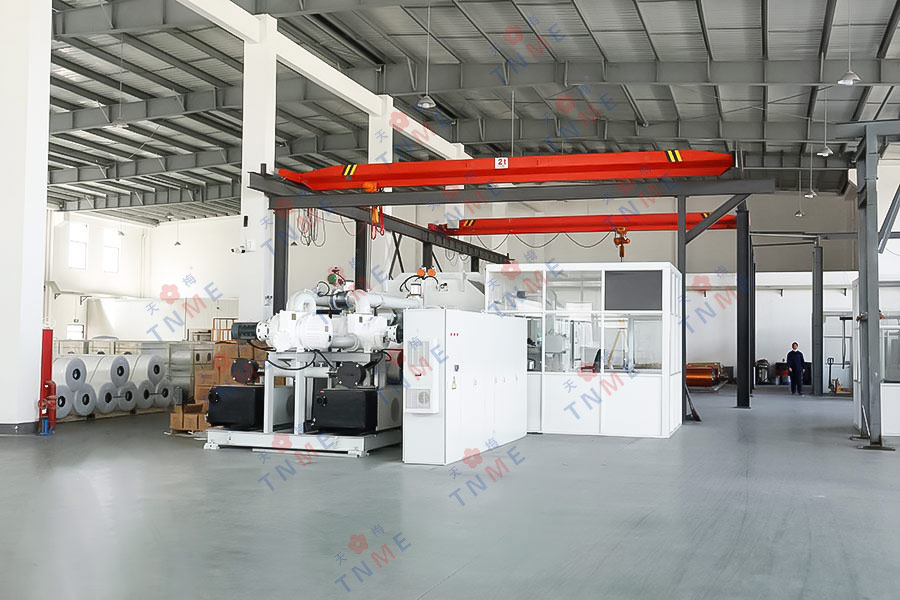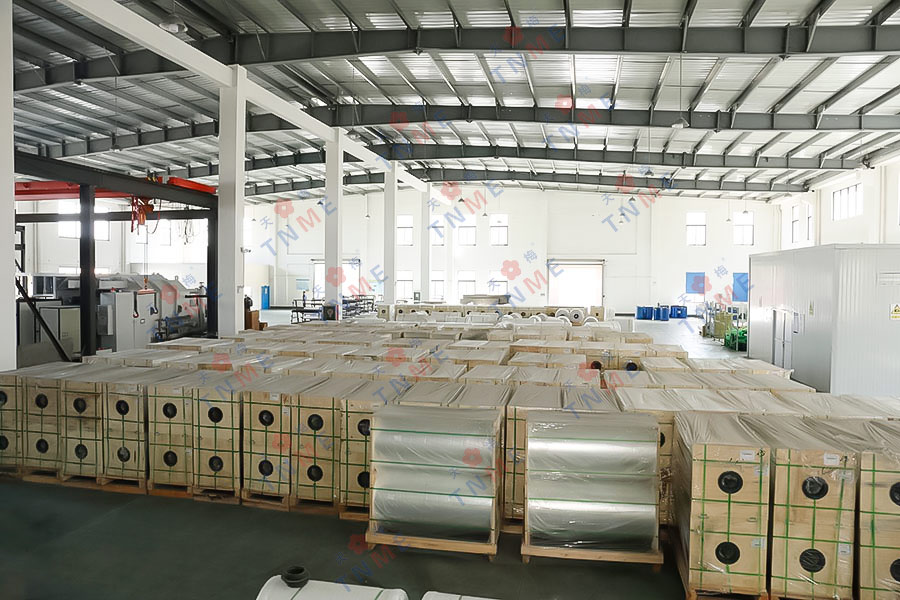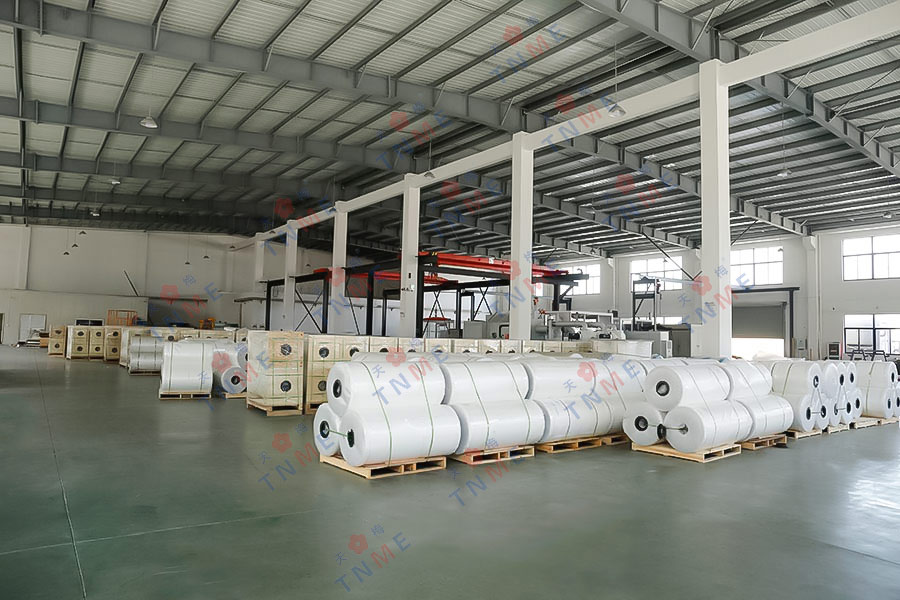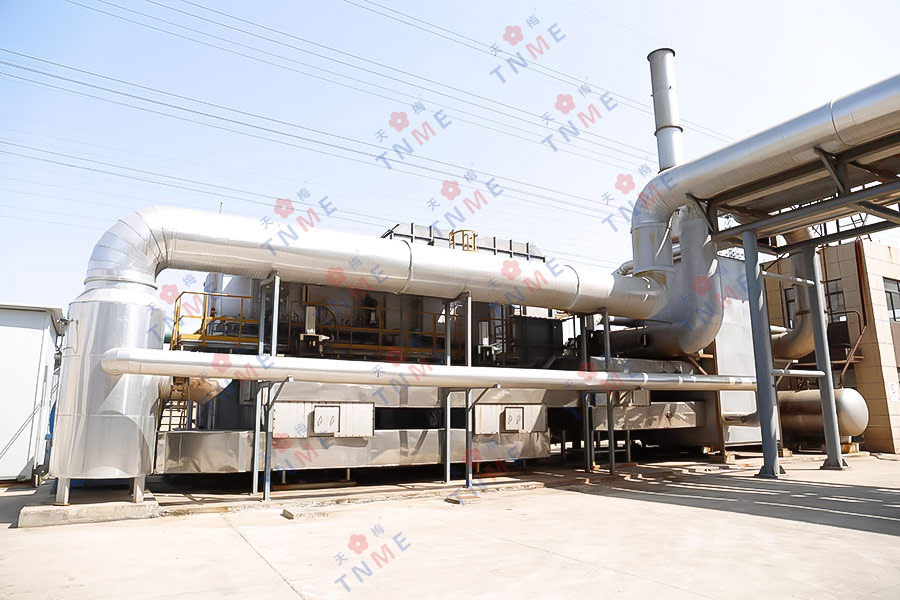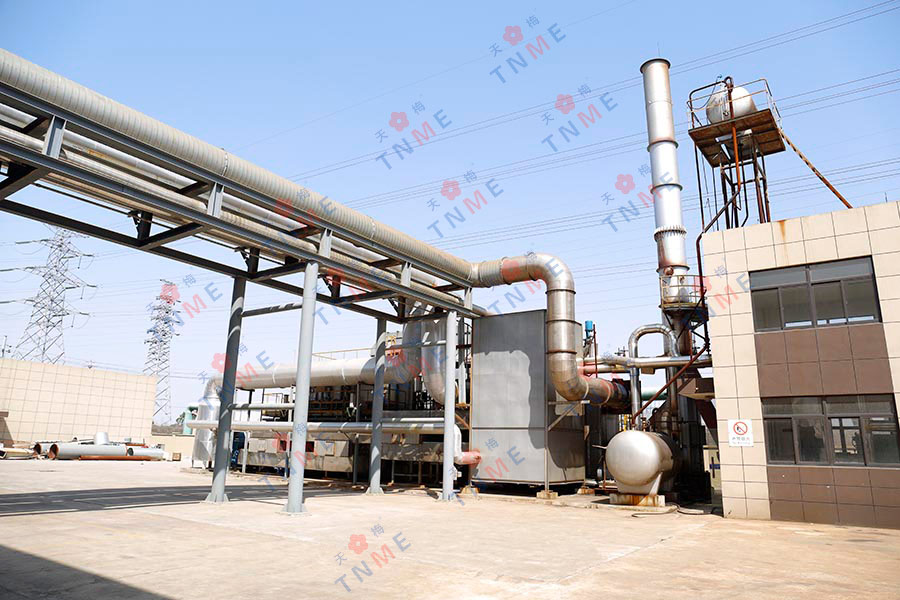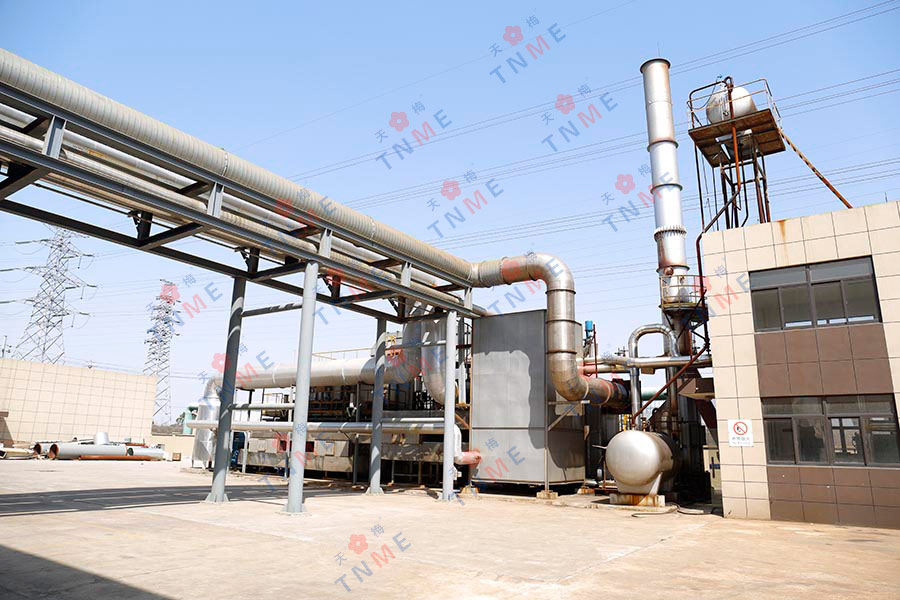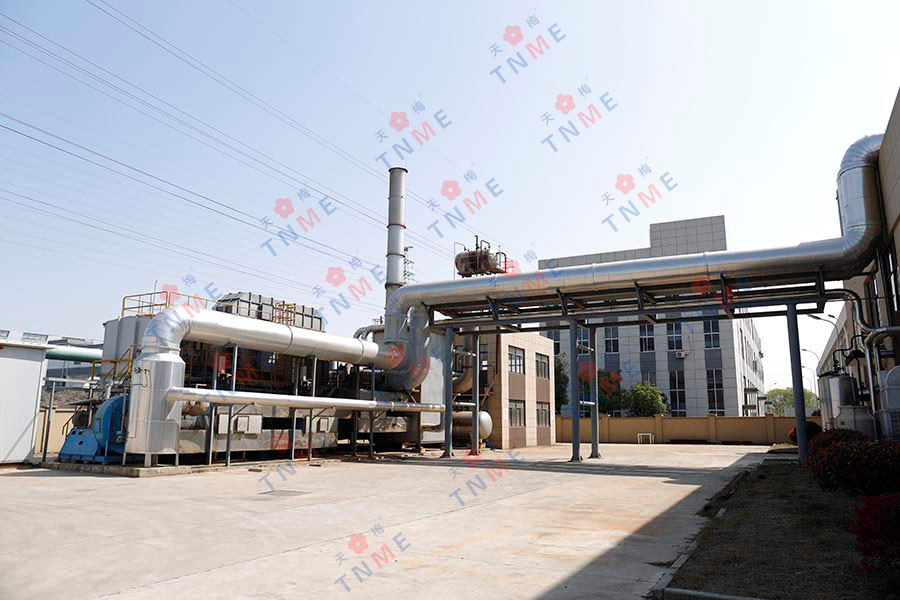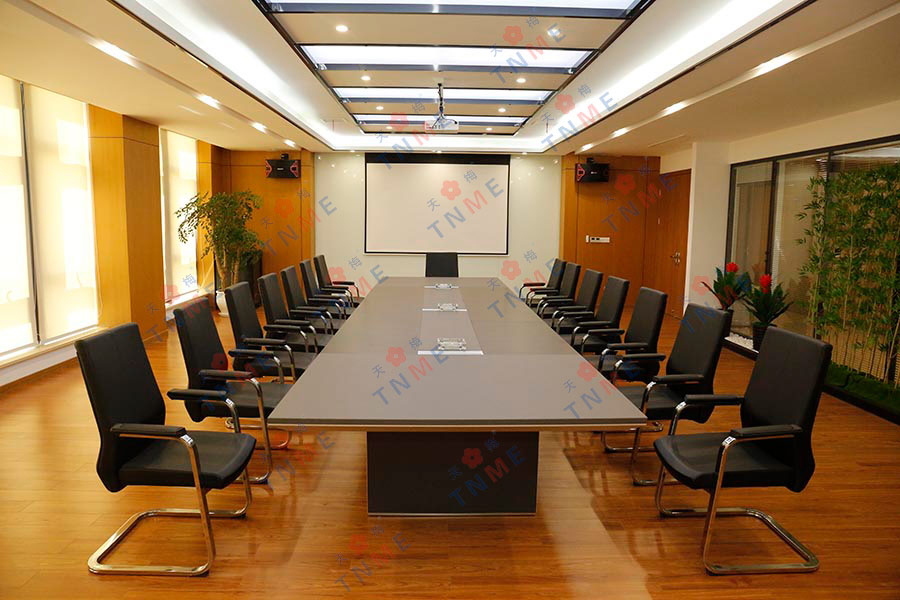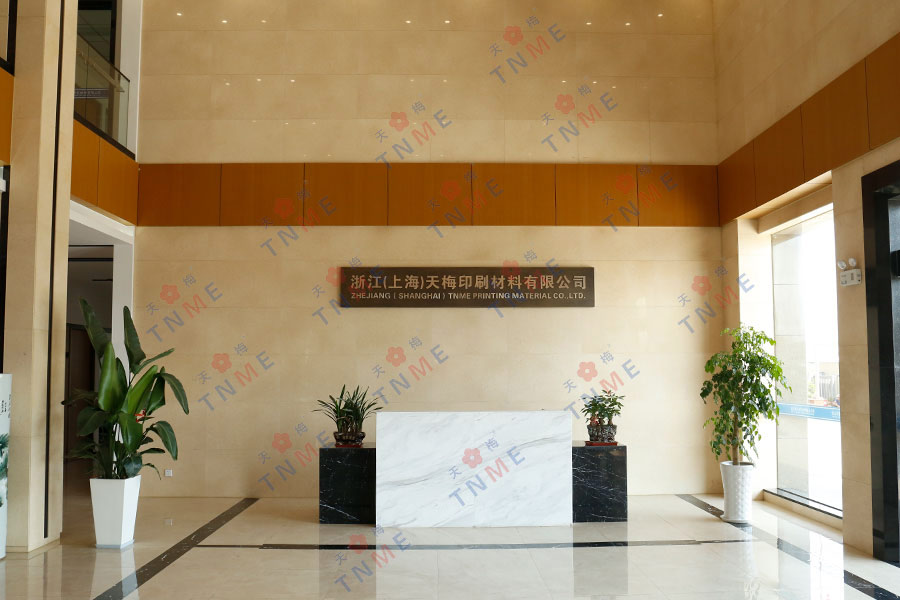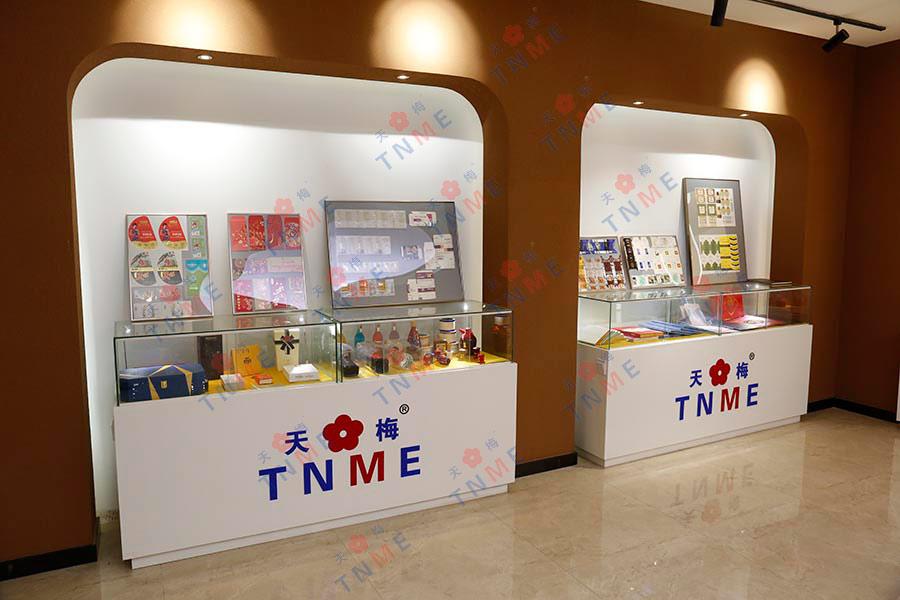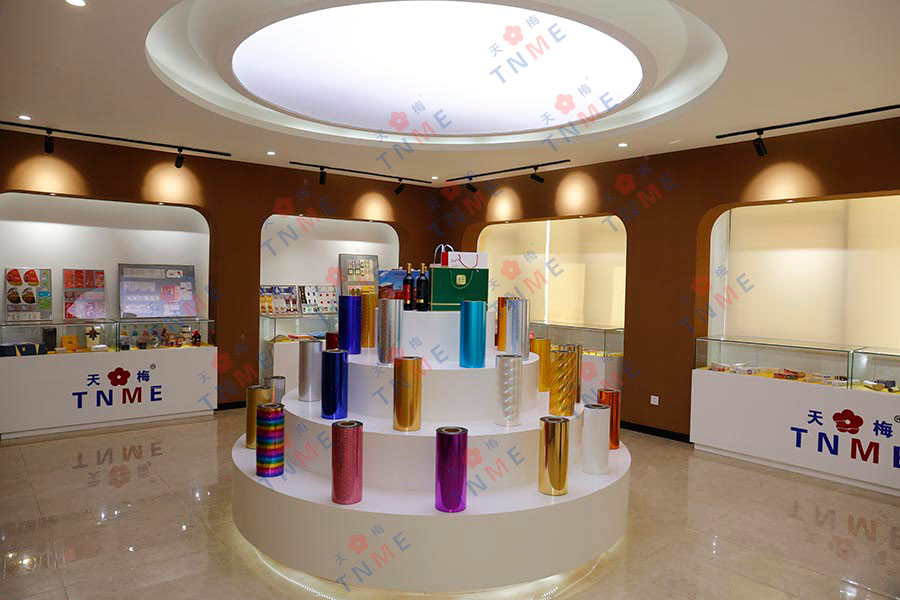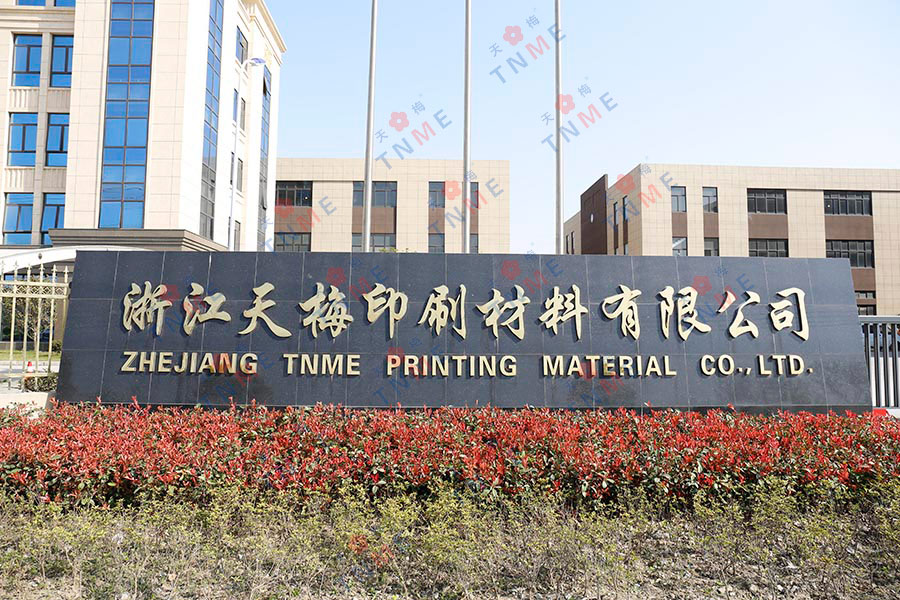Industry knowledge
How does overprinting on foil impact the product's shelf life and safety?
Overprinting on foil can have an impact on the product's shelf life and safety in several ways. Here are some key points to consider:
1. Adhesion: The adhesion of the overprinted ink on foil is crucial to the product's shelf life. If the ink does not adhere properly to the foil, it can lead to peeling or flaking. This can compromise the barrier properties of the foil, allowing air, moisture, or contaminants to penetrate the package and affect the product inside. Poor adhesion can also result in ink transfer onto the product, creating a safety concern.
2. Barrier properties: Foil is often utilized as a packaging material due to its excellent barrier properties against oxygen, light, moisture, and other contaminants. Overprinting on the foil should not degrade these barrier properties. The ink should not create pinholes, cracks, or any other form of damage to the foil's barrier layer. If the barrier properties are compromised, the product's shelf life can be significantly reduced, and it may become prone to spoilage or contamination.
3. Ink formulation: The choice of ink formulation for overprinting on foil is crucial for maintaining the product's safety. Food and pharmaceutical products, for example, require inks that are compliant with regulations and standards governing the safety of packaging materials in contact with such products. The ink should be free from any toxic or harmful components that can migrate into the product and pose a health risk to consumers.
4. Heat sealing: Some products packaged in foil pouches or containers require heat sealing to ensure product integrity and safety. Overprinting on foil should not interfere with the heat sealing process. If the ink interferes with the heat sealing properties of the foil, it can result in leaks or product contamination, jeopardizing both the shelf life and safety of the product.
5. Light sensitivity: Some products are sensitive to light and require protection from UV radiation. Overprinted ink on foil should act as an effective light barrier to prevent light penetration. If the ink fades or loses its light-blocking properties over time, it can lead to quality degradation of light-sensitive products, reducing their shelf life.
What printing techniques and materials are suitable for overprinting on foil?
When it comes to overprinting on foil, there are several printing techniques and materials that can be suitable depending on the desired outcome and effect. Here are some of the commonly used options:
1. Screen printing: This is a versatile technique that can be used to print on various materials, including foil. Screen printing involves pushing ink through a mesh screen to create the desired design. With foil, a special adhesive or primer is often applied first to ensure proper adhesion of the ink. Screen printing allows for precise and opaque printing, making it a popular choice for vibrant and detailed designs.
2. Offset printing: Offset printing uses a series of rollers to transfer ink onto the foil. This technique is ideal for larger production runs as it offers consistent and high-quality results. Offset printing can achieve sharp and vibrant prints on foil, thanks to the use of specialized inks and plates.
3. Digital printing: Digital printing is a versatile option for printing on foil. It offers quick turnaround times and the ability to print variable data or personalized designs. With advancements in digital printing technology, it is now possible to achieve metallic and glossy effects on foil, creating striking and eye-catching results.
4. Foil stamping: Foil stamping involves using heat and pressure to transfer a metallic foil onto the surface of the material. While not technically a printing technique in the traditional sense, it is a common method for adding metallic accents to printed designs on foil. Foil stamping can be used in conjunction with other printing techniques to create a unique and sophisticated look.
As for suitable materials for overprinting on foil, it is crucial to consider the compatibility between the printing technique and the foil material. Foils typically come in various finishes such as matte, gloss, holographic, or metallic. The material should have good ink adhesion, and the finish should not interfere with the printing process. Polyester and polypropylene foils are commonly used for overprinting, as they are versatile and offer excellent printability.
